Recommend Products
-
$62,000$66,000
-
$90,000$95,000
-
$88,000$90,000
-
$69,999$72,000
1. Maintenance cycle
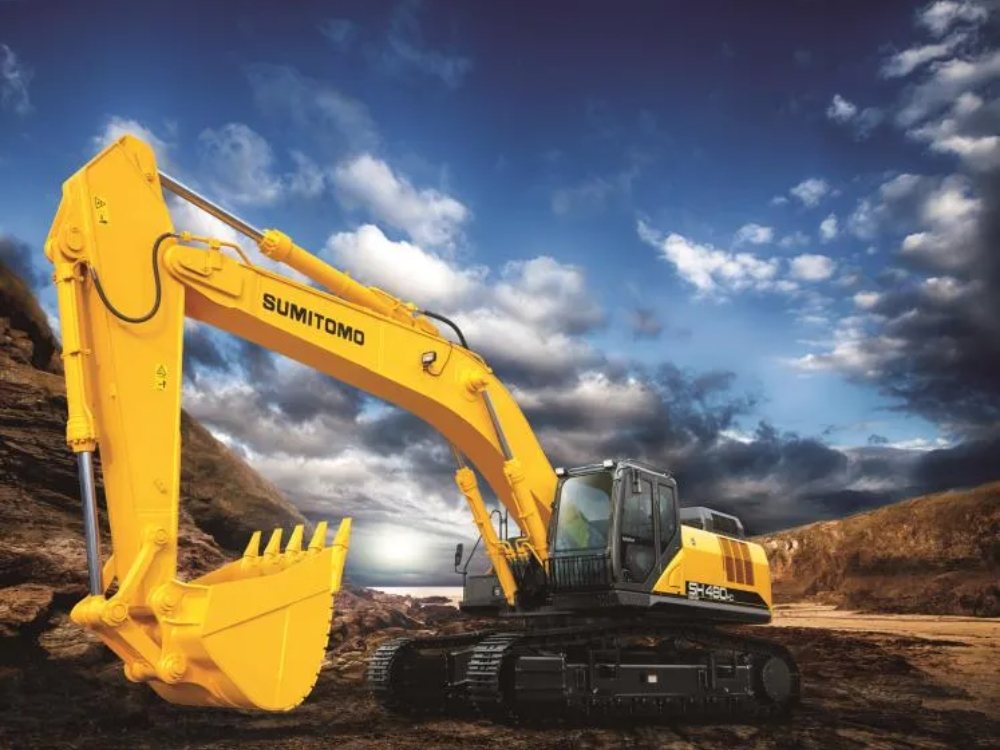
In
order to ensure the normal operation of the excavator and extend its service
life, it must be maintained according to certain intervals. According to the
usage of the excavator and the manufacturer's recommendations, it can generally
be divided into the following maintenance cycles:
1.
Daily maintenance: Carry out every day before using the second-hand excavator.
Mainly check the tightening of each component and the working status of the
lubrication system and hydraulic system.
2.
Weekly maintenance: Conduct a comprehensive inspection of the excavator once a
week, including the engine, electrical system, hydraulic system, working
equipment, etc.
3.
Monthly maintenance: Conduct a detailed inspection of the excavator once a
month, including the replacement or replenishment of engine oil, coolant,
hydraulic oil, gear oil, etc., as well as the cleaning and lubrication of each
component.
4.
Three-month maintenance: Perform major maintenance on the excavator every three
months, including inspection and repair of key components such as the engine,
hydraulic system, and electrical system.
5.
Six-month maintenance: Conduct a comprehensive inspection and maintenance of
the excavator every six months, including cleaning, inspection and repair of
key components such as the engine, hydraulic system, and electrical system.
6.
Annual maintenance: Conduct a comprehensive inspection and maintenance of the
excavator every year, including cleaning, inspection and repair of key
components such as the engine, hydraulic system, and electrical system, as well
as anti-corrosion treatment of the entire machine.
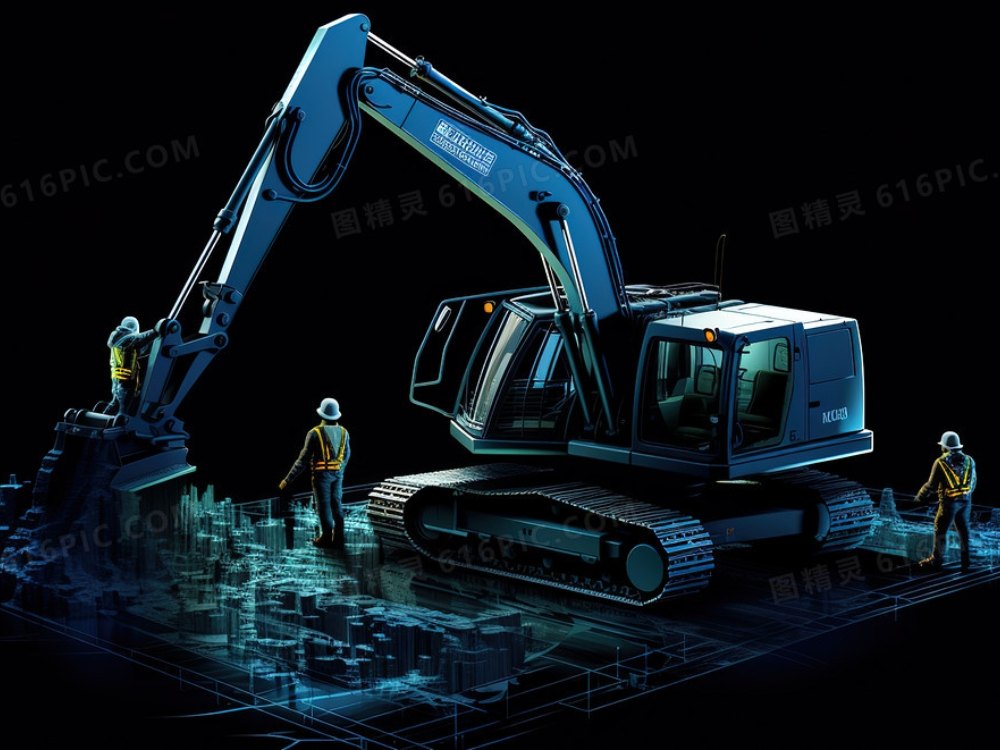
2. Maintenance scope
The
maintenance scope of excavator includes the following aspects:
1.
Engine maintenance: Check the engine oil, coolant, fuel, air filter, etc. to
ensure that the engine is working properly.
2.
Hydraulic system maintenance: Check the hydraulic oil, hydraulic pump,
hydraulic cylinder, hydraulic motor, etc. to ensure that the hydraulic system
is working properly.
3.
Electrical system maintenance: Check the battery, generator, starter, lights,
instruments, etc. to ensure that the electrical system is working properly.
4.
Maintenance of working equipment: Check the boom, bucket, bucket, cylinder,
etc. to ensure that the working equipment is working properly.
5.
Maintenance of chassis and running gear: Check tires, rims, drive axles,
steering systems, etc. to ensure that the chassis and running gear are working
properly.
6.
Cab maintenance: Check seats, doors, windows, air conditioners, speakers, etc.
to ensure the comfort and safety of the cab.
7.
Appearance maintenance: Check the appearance of the whole machine, remove oil
stains, dirt, etc., and keep the whole machine clean.
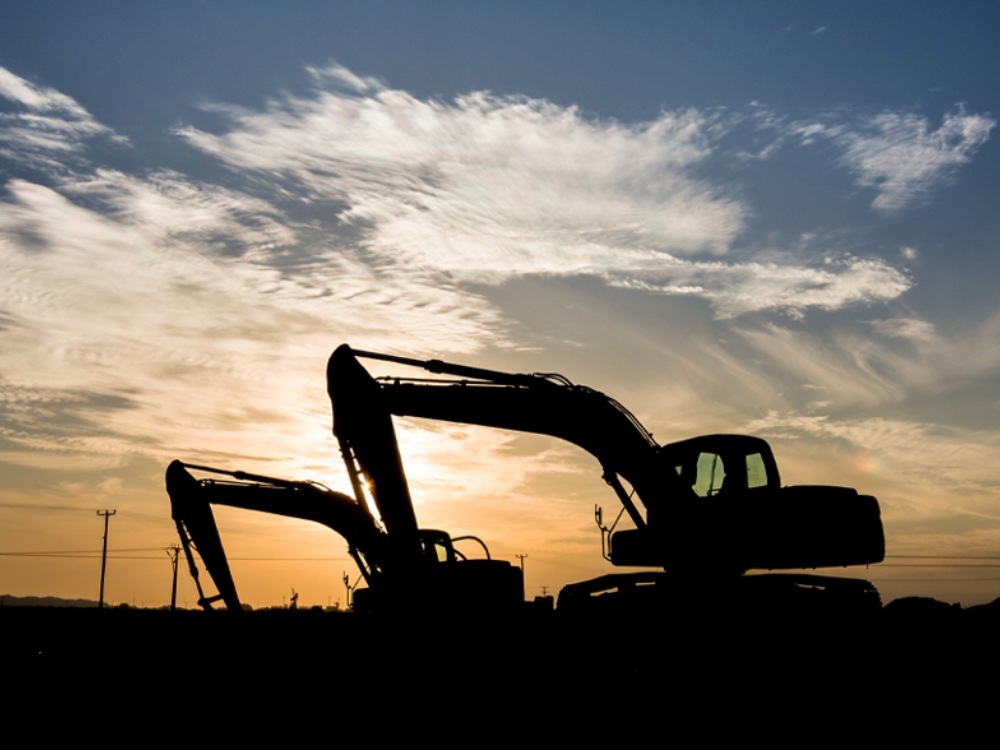
3. Maintenance details
1. Engine maintenance:
(1)
Check engine oil: Check the engine oil level and make sure it is within the
normal range. If the engine oil is insufficient, add it in time; if the engine
oil deteriorates, replace it in time.
(2)
Check the coolant: Check the coolant level to ensure it is within the normal
range. If the coolant is insufficient, add it in time; if the coolant
deteriorates, replace it in time.
(3)
Check the fuel: Check the amount of fuel in the fuel tank to ensure there is
sufficient fuel. At the same time, clean the fuel tank regularly to prevent
fuel contamination.
(4)
Check the air filter: Clean the air filter regularly to prevent dust from
entering the engine. If the air filter is damaged, it should be replaced in
time.
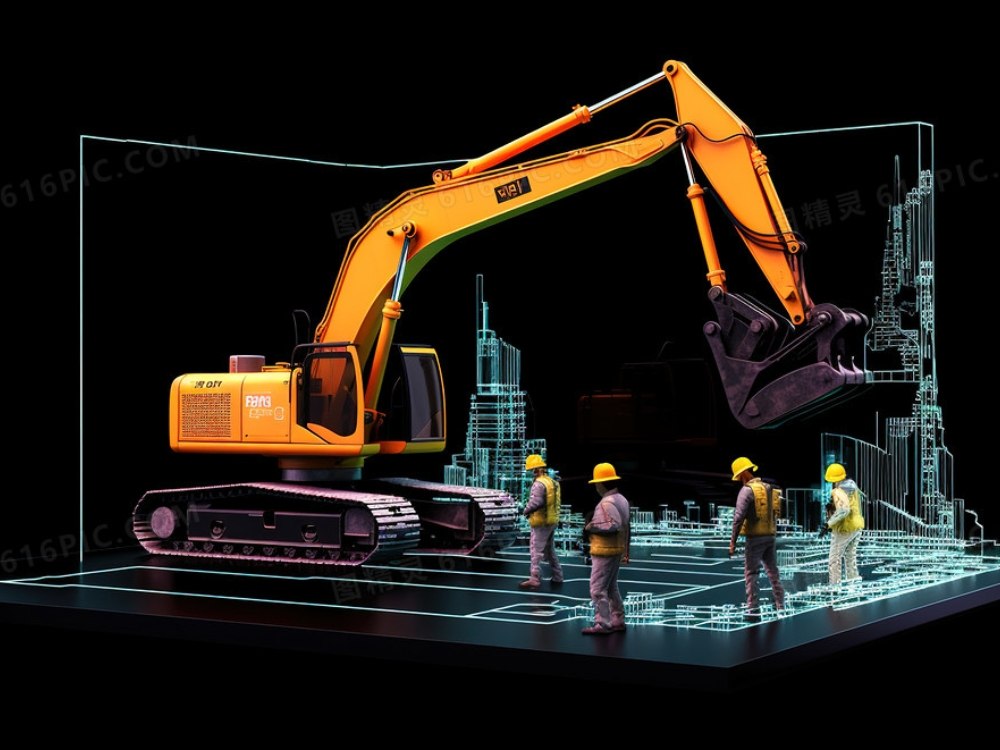
2. Hydraulic system maintenance:
(1)
Check the hydraulic oil: Check the oil level in the hydraulic oil tank to
ensure it is within the normal range. If the hydraulic oil is insufficient, it
should be added in time; if the hydraulic oil deteriorates, it should be
replaced in time.
(2)
Check the hydraulic pump: Check the working status of the hydraulic pump
regularly to ensure its normal operation. If any abnormality is found, it
should be repaired or replaced in time.
(3)
Check the hydraulic cylinder and hydraulic motor: Check the working status of
the hydraulic cylinder and hydraulic motor regularly to ensure their normal
operation. If any abnormality is found, it should be repaired or replaced in
time.
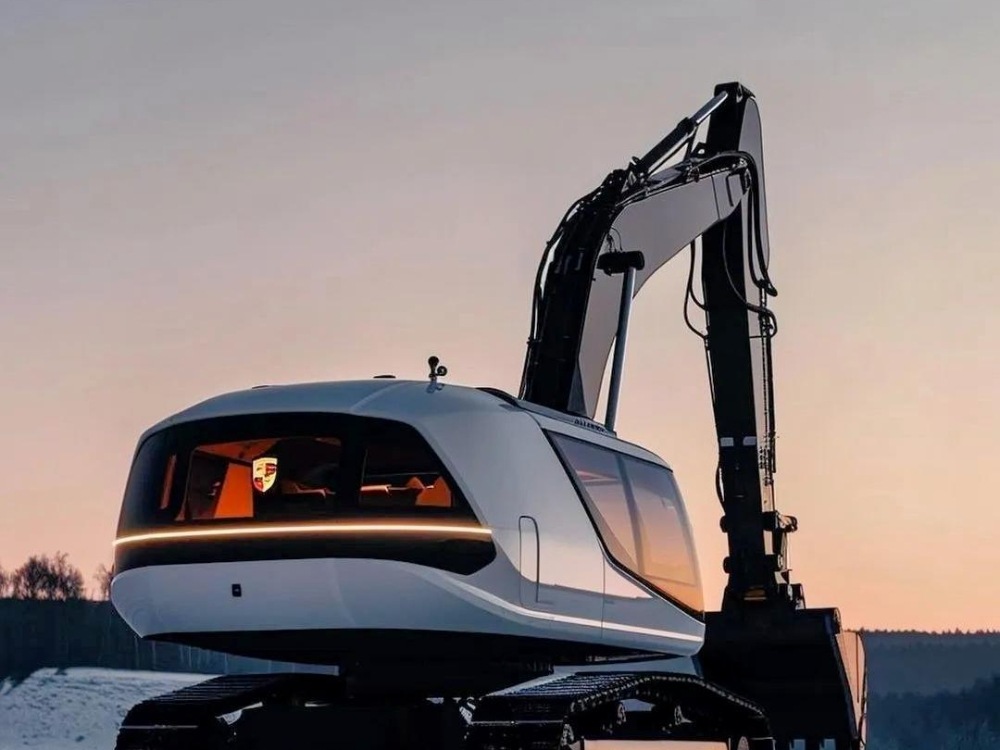
3. Electrical system maintenance:
(1)
Check the battery: Check the electrolyte level and voltage of the battery
regularly to ensure its normal operation. If any abnormality is found, charge
or replace it in time.
(2)
Check the generator: Check the working status of the generator regularly to
ensure its normal operation. If any abnormality is found, it should be repaired
or replaced in time.
(3)
Check the starter: Check the working status of the starter regularly to ensure
its normal operation. If any abnormality is found, it should be repaired or
replaced in time.
(4)
Check lights and instruments: Check the working status of lights and
instruments regularly to ensure their normal operation. If any abnormality is
found, it should be repaired or replaced in time.
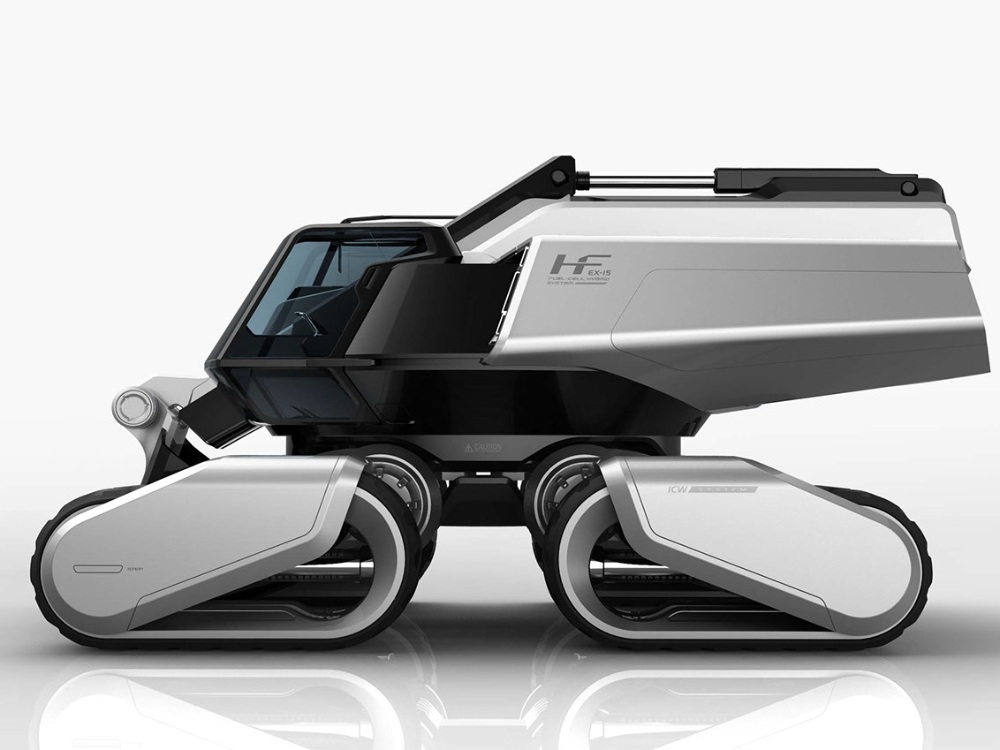
4. Maintenance of working equipment:
(1)
Check the boom, stick and bucket: Check the structure and connection parts of
the boom, stick and bucket regularly to ensure their normal operation. If
cracks or deformation are found, they should be repaired or replaced in time.
(2)
Check the oil cylinder: Check the working status of the oil cylinder regularly
to ensure its normal operation. If leakage or deformation is found, repair or
replace it in time.
5. Maintenance of chassis and running gear:
(1)
Check tires and rims: Regularly check the tire pressure and wear to ensure
normal operation. If the tires are found to be severely worn or damaged, they
should be replaced in time. At the same time, check the tightness of the rim to
ensure it is safe and reliable.
(2)
Check the drive axle and steering system: Check the working status of the drive
axle and steering system regularly to ensure their normal operation. If any
abnormality is found, it should be repaired or replaced in time.
6. Cab maintenance:
(1)
Check the seat: Regularly check the seat belt, adjustment mechanism and comfort
of the seat to ensure that it is working properly. If damage is found, it
should be replaced in time.
(2)
Check doors and windows: Regularly check the sealing, glass and locking
mechanisms of doors and windows to ensure their normal operation. If damage is
found, repair or replace it in time.
(3)
Check the air conditioner and audio: Regularly check the working status of the
air conditioner and audio to ensure their normal operation. If any abnormality
is found, it should be repaired or replaced in time.
7. Appearance maintenance:
(1)
Remove oil and dirt: Regularly remove oil and dirt from the surface of the
excavator to keep the entire machine clean.
(2)
Anti-corrosion treatment: Perform anti-corrosion treatment on the excavator
once a year to prevent rust and corrosion.
4. Maintenance precautions
1.
When performing maintenance, be sure to shut down the engine and disconnect the
power supply to ensure safety.
2.
When replacing engine oil, hydraulic oil and other fluids, be sure to use oil
that meets the manufacturer's requirements.
3.
When disassembling and installing parts, be sure to follow correct operating
methods to avoid damaging parts.
4.
When performing maintenance on the electrical system, be sure to pay attention
to preventing electric shock accidents.
5.
When performing maintenance on the chassis and running gear, be sure to observe
the surrounding environment to ensure safety.
6.
When performing maintenance, be sure to keep records for reference during the
next maintenance.
Through
the above daily maintenance rules, you can ensure the normal operation and
extend the service life of the excavator. At the same time, it also helps
improve work efficiency and reduce maintenance costs.